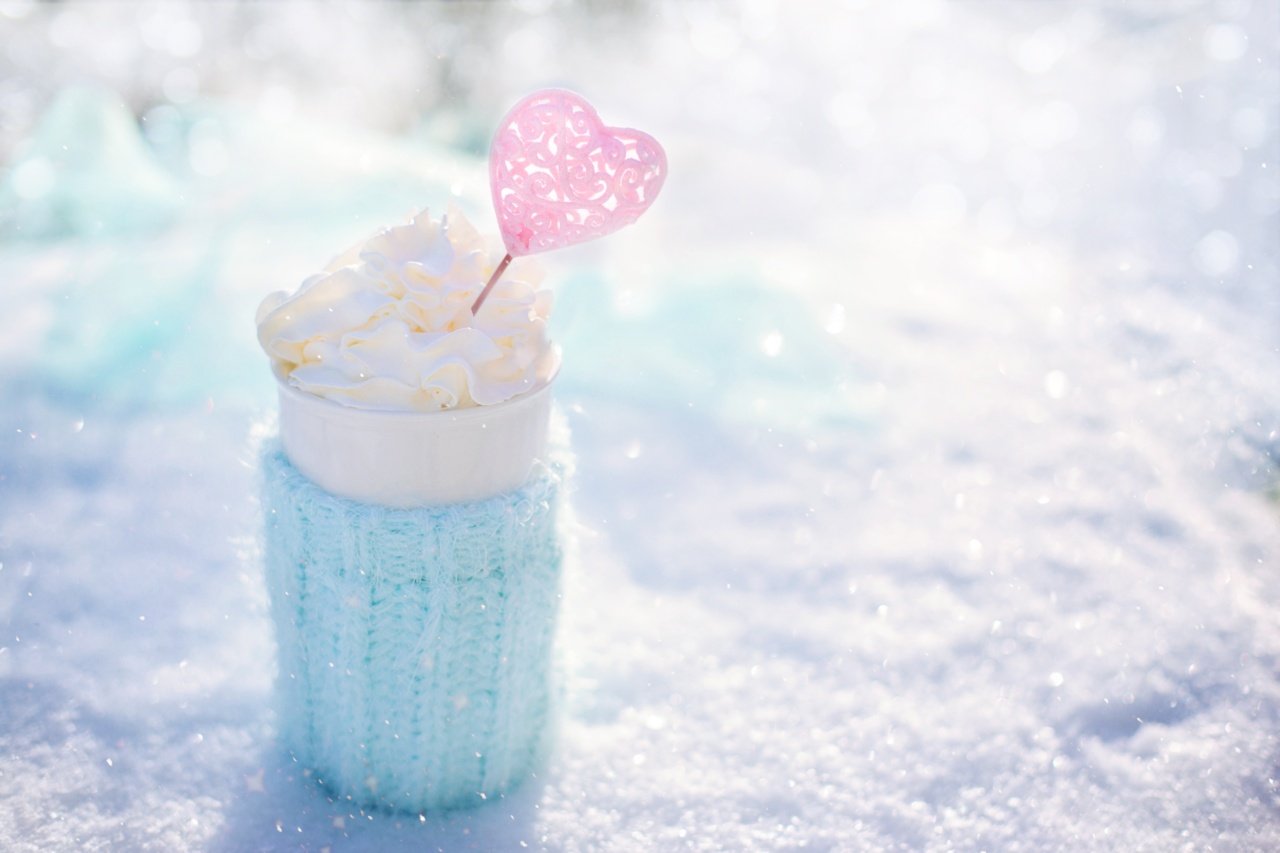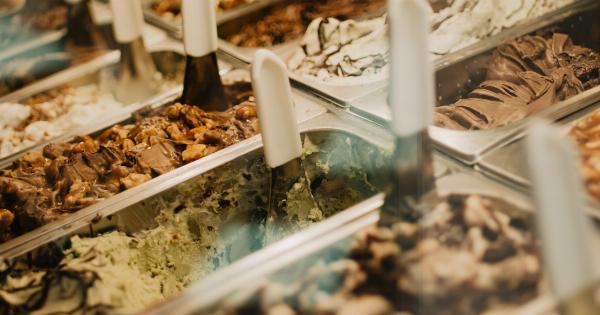Freezing food is a great way to keep it fresh and extend its shelf life. However, not all foods are suitable for freezing. Freezing certain foods can change their texture, taste and nutritional value.
In this article, you’ll learn about foods that should not be frozen.
Foods that should not be frozen:
1. Raw eggs:
Freezing raw eggs can alter their texture and make them jelly-like. It is recommended that you remove the egg from the shell and freeze in an airtight container or ice cube tray. However, whole raw eggs or hard-boiled eggs should not be frozen.
2. Dairy products:
While you can freeze milk, cheese and yogurt, their texture may change after thawing. Cheese can become crumbly or develop a watery texture, while yogurt can become grainy.
3. Leafy greens and vegetables with high water content:
Foods like lettuce, spinach and cucumbers have a high water content, which means they contain a lot of ice crystals when frozen. The ice crystals can cause the plant cells to burst, resulting in a mushy texture after thawing.
These vegetables are better off being consumed fresh or cooked.
4. Fried foods:
Fried foods that have been frozen may become soggy and lose their crispy texture when reheated. To keep their crunchy texture, it’s best to consume fried foods fresh.
5. Cooked pasta :
Freezing cooked pasta typically leads to a mushy texture. If you’re planning to freeze pasta, it’s recommended to undercook the pasta slightly prior to freezing, as it will absorb more moisture during the reheating process.
6. Fruits with high water content:
Freezing fruits like watermelon or strawberries can cause them to become mushy and lose their shape after thawing. Fruits like bananas and apples can also turn brown when frozen due to the oxygen exposure.
Fruits are best consumed fresh or used in baked goods.
7. Raw potatoes:
Freezing raw potatoes can cause their texture to become grainy and mealy. Instead, it’s best to blanch them for a few minutes before freezing.
8. Sauces with high fat content:
Sauces with high fat content such as mayonnaise, cream-based sauces and gravy can separate, curdle or change in consistency when frozen and then thawed. Sauces with high acidity like tomato sauce are more suitable for freezing.
9. Carbonated beverages:
Freezing carbonated beverages can cause the container to expand and possibly burst. The carbonation can also change the taste and texture of the drink. It’s best to avoid freezing carbonated beverages.
10. Meals with ingredients that have different freezing requirements:
Some meals consist of ingredients that have different freezing requirements, making freezing the entire meal difficult. It’s best to freeze the individual ingredients and assemble the meal when ready to consume.
Conclusion:
While freezing food is a great way to prolong its shelf life and reduce waste, not all foods are suitable for freezing. Foods with high water content, high-fat content or those that have different freezing requirements should be handled carefully.
It’s best to consume these foods fresh or use them in meals that will be consumed immediately.






























